









Graham V. Candler
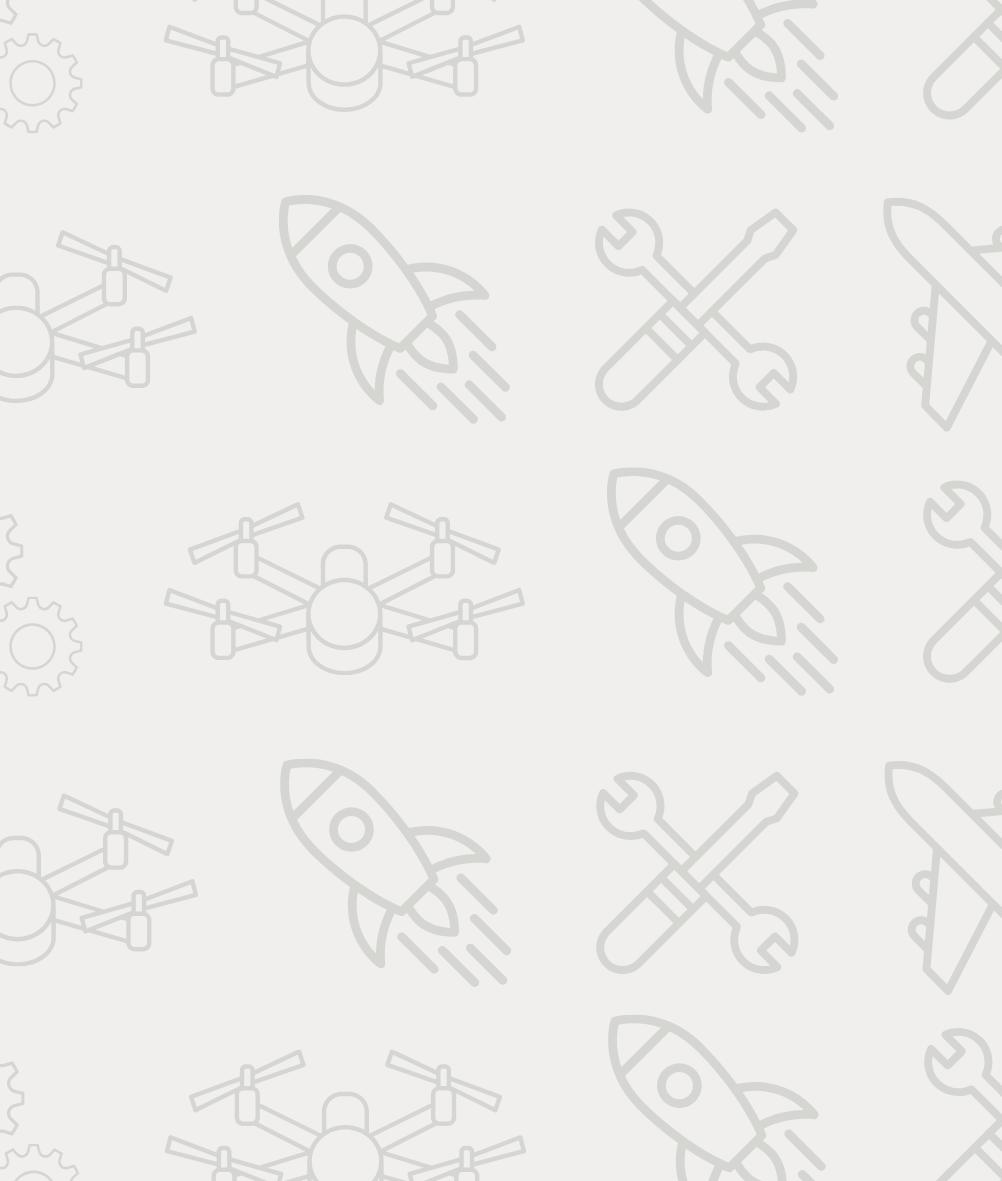
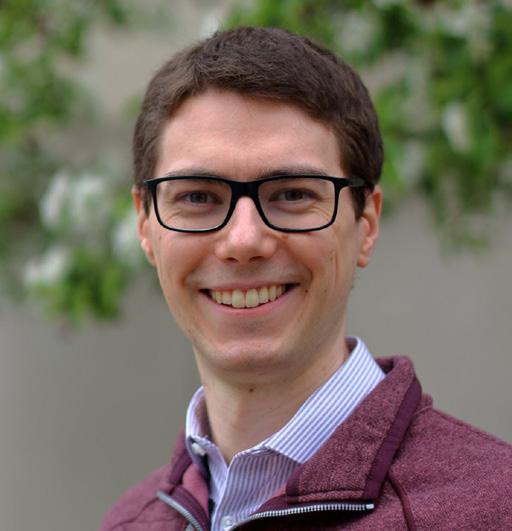
McKnight Presidential Endowed Chair, Associate Department Head

Demoz Gebre-Egziabher Professor & Director of Minnesota Space Grant Consortium

Maziar S. Hemati Associate Professor, Russell J. Penrose Faculty Fellow
Ryan Caverly Assistant Professor, McKnight Land Grant Professor

Ryan S. Elliott Professor & Director of Graduate Studies

Richard D. James Distinguished McKnight University Professor

del Val Assistant Professor

Melissa Green Associate Professor
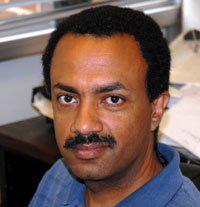
Yohannes Ketema Professor & Director of Undergraduate Studies



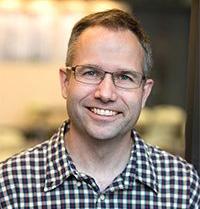










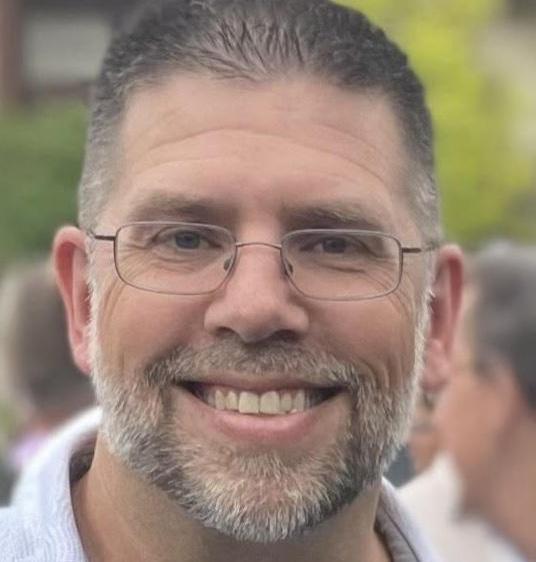

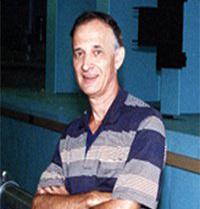


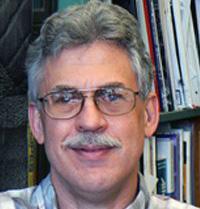
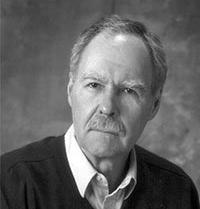

* indicates deceased


Welcome to the latest edition of the AEM Newsletter.
As I write this, students and faculty alike are finishing up another successful fall semester. I am pleased to report that AEM remains a vibrant and growing community. Our undergraduate population is increasing to the point where we now have about 90 to 100 students per class. This is part of CSE Dean Andrew Alleyne’s initiative to grow the college, and we are pleased to be doing our part.
Growth is also happening at the faculty level, where we added two new faculty members this fall, Anabel del Val and Yue Yu. Anabel works in uncertainty quantification with focus on hypersonics, while Yue works in numerical optimization and control theory, with interests in applying game theory and machine learning to these areas. We are currently searching for two additional faculty members, and we have Dr. Dammenick Henry (dynamics of cis-lunar orbits) already slated to join the department in Fall 2025.
Part of the growth of the department is due to our enhanced recruiting and community-building efforts, led by Director of Undergraduate Studies Yohannes Ketema and our new AEM Administrator, Hongna Byström. Already this year, AEM held an Open House, and we participated in the U’s Homecoming Parade. There was great turnout from faculty, undergrad and grad students, and it was exciting to see familiar faces in the crowd.
The AEM research mission also continues to grow. With the addition of Dr. del Val we have added to our worldclass research group in hypersonic fluid flow. Dr. Yu (and Dr. Henry) are important additions to our aerospace systems and controls group. That group is also benefiting from the success of Dr. Ryan Caverly, whose work is featured in the newsletter.
In our aerospace structures and solids group, Dr. Suraj Ravindran’s lab studying high strain rate behavior of materials is up and running, and Dr. Ellad Tadmor is leading multi-university (and cross-disciplinary) teams using machine learning seeking to establish new
machine learning models to predict the properties of unseen molecular and materials systems.
Our students continue to have success as well. Inside you’ll read about our AEM graduates from 2024, as well as our Scholarship Recipients for 20242025. Our student groups such as AIAA, Rocket Team and Liquid Propulsion Rocket Development continue to provide opportunities for students outside the classroom, and also ways for students to engage in competitions with students from other Universities (such as Spaceport America Cup).
The growth of the department also requires more space. On that front, AEM is part of the remodeling of Shepherd Labs, which is just north of Akerman Hall. We will have much of the 5th floor of Shepherd, which will house a small-satellite lab, student build space, a paint room, two research labs, grad student space and other office space for researchers, instructors and visitors. The redevelopment of this space has been enabled in part by resources provided by alumni and friends of the department and college.
Indeed, we all recognize that higher ed will be in an “interesting” space the next few years, and so support from our alumni and friends will be crucial to our continued success. All of us in AEM firmly believe that our “products”— our undergraduate students, our graduate students, and our research — have played and will continue to play a vital role in the success of the country and the state of Minnesota. We are, as always, grateful for your support as we continue our mission.

Perry Leo, Department Head
Thank you to the many alumni and friends who provide critical support for our students, faculty, research and teaching. Your support helps to attract and retain worldrenowned faculty, invest in ground-breaking research, enhance our academic programs, and ensure that our deserving and talented students receive scholarships and fellowships.
Gifts of all sizes make a tremendous impact. You can direct your gift, including planned gift commitments, to any existing departmental fund or establish your own fund.
Please feel welcome to contact me with questions regarding charitable giving opportunities at 612-626-0004 or lexi@umn.edu.
Aaron E. Cleary
Aaron Fernandes
Adam T. Konicek
Adit Kadepurkar
Ahmet A. Ozdemir
Aidan M. Deslauriers
Aiden C. White
Aletta L. Bartok
Alex Pupp
Alex Risdall
Alexander H. Kim
Alexandra L. Deyle
Alford J. Hanson
Alistair White

Andrei Anicescu
Andrew C. Braun
Andrew Cockcroft
Andrew E. & Sally Vano
Anil K. Bajaj
Anita C. Westberg
Anya Bhowmick
Austin M. Doty
Avery A. Herdina
Bao G. To
Barbara Bussler
Barbara Lundgren
Barbara Pereira
Benjamin M. Koch
Bennett K. Quashie
Bonnie Sondrol
Brian G. Lundquist
Caden Pankratz
Caleb M. Boll
Carolyn L. Peterson
Charles F. & Barbara E. Kolpin
Charles X. Rogan
Chien Heng Wu
Chloe Seah En Qi
Christine Leach
Christopher J. Gosch
Clinton V. Eckstrom
Craig M. Lewandowski
Daniel Baseman
Daniel Dayter
Daniel M. Cockcroft
Darshen G. Meany
David D. Lindeman
David House
David J. Myren
David J. Selvig
David K. Holger
David L. & Donna L. Sippel
David L. & Joyce A. Quam
David M. & Linda B. Anderson
Della Curtis
Dennis J. Cronin
Dimuthu Jayawickrama
Douglas J. & Tracey A. Petesch
Douglas Kreusch
Dylan M. Foede
Elena Osokina
Elias R. Schroeder
Ellen K. Longmire
Eric J. Snustad
Erik Jiang
Erin Saylor
Ethan Polcyn
Ethan Schroeder
Evan Moen
Feodor J. Blinnikov
Franklin R. Woolley
Gary D. Malecek
Gary Jacobus
George R. Ceman
George S. Dulikravich
Germaine L. Beyl
Glenn H. Dalman
Gregory D. Happ
Gregory D. Ohrt
Gregory Drazkowski
Harrison R. Mantsch
Harwood A. & Helen R. Hegna
Heming Chen
Ian A. Cowell
Ieva O. Hartwell
Isaac Neaderhiser
Jack Gagamov
James A. & Carol B. Flaten
James D. Anderson
James D. Clausen
James G. Malone
James M. Urnes*
Janet L. Fransen
Jayadeep Boya
Jennifer Beyl-Lee
Jill Valente
Joel J. & Debra A. Luker
John C. Virnig
John M. Clemens
John M. Girard
Jong Y. Shin
Joseph Bakter
Joshua E. Byrne
Joshua Roesner
Judith A. Gaskell
Julie A. Benton
Justin Lancisi
Justin V. Do
Katie Johnson
Kelsey Rexford
Kenneth A. Kline
Kenneth E. Ewald
Kevin A. Shull
Kim Rexford
Kim Sloan
Kristen J. Riley
Kristen L. Gerzina
Kurt J. Niederluecke
Larry E. Wittig
Liam P. Normand
Lynn Oehlke
Mackenzie Steiner
Marcus J. Hovan
Margad-Erdene Tegshbayar
Margaret Z. Stevens
Maria Drazkowski
Marilyn Delgatto
Mark Conway
Mary Sweeney
Max Smith
Meredith Gall
Michael A. Heitke-Felbeck
Michael R. Jackson
Michele A. Brekke
Michele L. & Kelles Veneri
Michelle Henrikson
Mykhail B. Sandacz
Nathaniel E. Lucas
Nicholas S. Austin
Nicholas S. Shircel
Olga Gerasimchuk
Oliver M. Moore
Pat Valente
Patrick J. Rygh
Paul M. Freeman
Pengyang Li
Peter J. & Patricia A. Torvik
Phoenix C. Ring
Quinn P. Reierson
Raef V. Omvig
Raktim Bhattacharya
Robert A. & Lucia Bell
Robert A. Kadlec
Robert J. Bateman
Rory D. Conway
Ross M. Wagnild
Sally J. Wagner & Kent Severson
Sam Reichenbacher
Samuel M. Seguin
Sean E. Boll
Sergey Armishev
Shane Drazkowski
Shanmugam Surya
Shaobo Liu
Sharon J. Benton
Shwetha Sriram
Sofia N. Gerasimchuk
Stephen Lucas
Stuart S. Antman
Susan Brown
Susan M. Green & Roger A. Engdahl
Suzanne Melan
Tatyana Shunyakova
Thomas D. Douma
Tim Mahnke
Timothy Gibson
Tony Liu
Traci House
Tyler C. Depies
Tyler J. Zenz
Vibhor L. Bageshwar
Vincent G. Weirs
Vyen Hayag
William L. & Judith M. Garrard
Wylie Simonen
Yael K. Soto-Adolfo
Zachary Bowen
3M Fdn Inc
AON Foundation
Bateman Family Fund
Benevity Community Impact Fund
Boeing Company
Clifton B & Anne Stuart Batchelder Foundation
Donaldson Foundation
GE Foundation
Honeywell International Charity Matching
Intel Fdn
Linde
Medtronic Foundation
Northrop Grumman Fdn
Physical Sciences, Inc.
Raytheon Technologies (RTX)
Roger Engdahl & Susan Green Charitable Fund
UTS Rocketry

Chester Gaskell Scholarship
Jasmine Thayer
Monica Robles
Richard & Shirley DeLeo Scholarship & Engineering Fund
Daniel Dimitrov
Daniel Tereshko
Isa Shaikh
Michelle Dao
Mykhail Sandacz
Franklin Woolley
Tyler Zenz
Robert H & Marjorie F Jewett Fund within AEM
Ashton Rodgers
Nicholas Lawrynk
Noah Nieman
John and Robert McCollom Memorial Scholarship
Feodor Blinnikov
Liam Normand
AEM Strategic Initiatives Fund
Emma Nahr
Janagan Ramanathan
Louis R. and Dona S. Wagner Aerospace Engineering and Mechanics Scholarship
Hunter Anderson
Yagor Balotsin
Richard G. Brasket AEM Scholarship
Avery Herdina
Benjamin Pendleton
Rory Conway
Richard D. and Wyona R. Bartsch AEM Scholarship
Blake Boedigheimer
Benjamin Rothman
Daniel Cockcroft
Eric Stoudt
Isaac Faith Nahmad
James Kellick
Maxwell Reed
Michael States
Nathan Gall
Radhakrishna Vojjala
Ryan Levendusky
Will Asproth
Glenn E. Bowie Educational Fund
Finnian Cleary
Summer Peterson
Lawrence E. Goodman Scholarship/Fellowship
Jamie Carpenter
CSE Oswald Award 2024-2025
Justin Bunting

The AEM Alumni Scholarship award is for new students with academic promise and demonstrated financial need. Preference is given to students interested in studying in the Aerospace Engineering and Mechanics (AEM) Department.

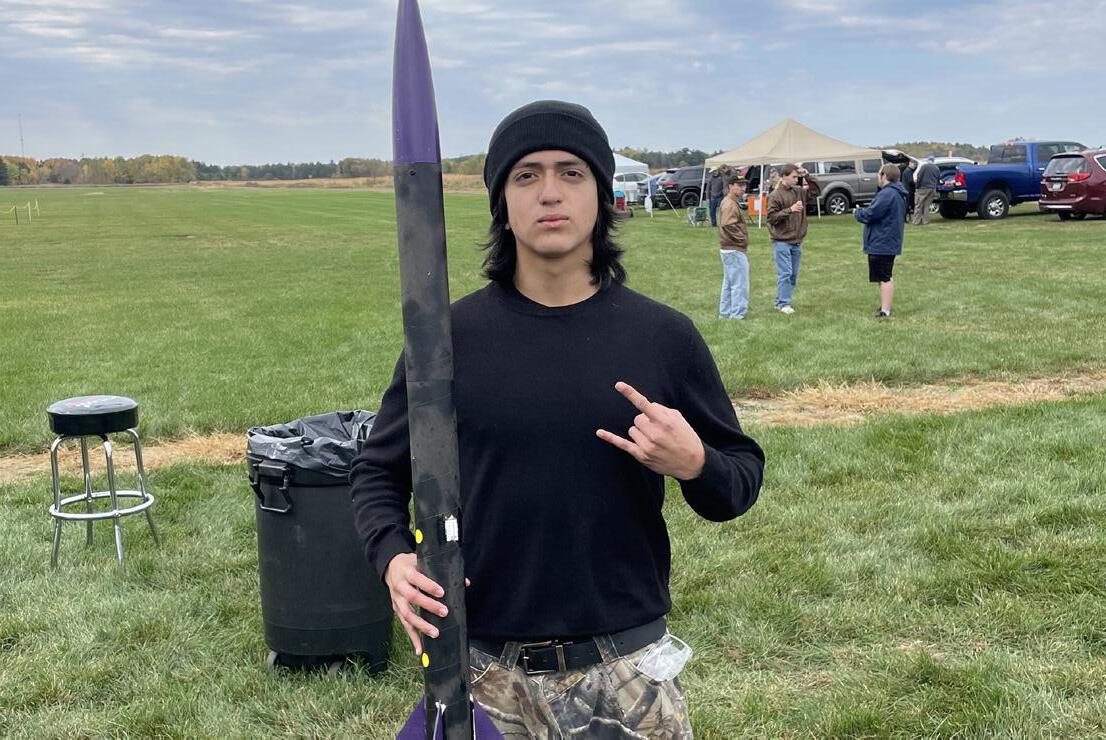
Austin Wittman
Aerospace Engineering & Mechanics, 2027
Hometown: Warren, MN
Michael Robles
Aerospace Engineering & Mechanics, 2027
Hometown: Minneapolis, MN

The Department of Aerospace Engineering and Mechanics recently celebrated its graduating classes of 2024 on a warm spring morning, Thursday, May 9. The graduates and their families joined faculty and staff for a reception at a nearby hotel. After hearing several faculty members as well as a member of their graduating class speak, the AEM graduates made their way to Mariucci Arena for the College of Science and Engineering Commencement Ceremony.
The department had 98 graduates this year, with 69 graduates receiving their BAEM, 16 graduates receiving their MS, and 13 graduates receiving their Ph.D.
Ajay Kishan Dieckmann
Alexander Halatsis
Alexander James Toner
Alfonso Jose Lanauze-Baez
Andrew David Spence
Ashton David Posey
Austin Cooper Bodin
Ayden M Gentry
Benjamin Christopher Bakter
Bodie Jett Ziertman
Bradley Nelson
Brandon Alvarez Ocampo
Carsen Mitchell Wright
Christopher Mitchell Thacker
Daniel Brian Halvorson
Defne Deniz Menceloglu
Dylan Bradley Bruesehoff
Dylan Gilbertson Crouse
Ethan Edward Bradley
Ethan James Kolby
Ethan Richard Tucker

Ethan Ryan Thompson-Jewell
Gaven David House
George Tyler Wood
Graham Aiden Berridge
Guydan Haj Sakor
Ioannis Pothos
Isabelle Kristine Vanhatten
Jack Nathaniel Blegen
Jack R Van Nurden
Jacob Andrew Wood
Jacob Matthew Sonnek
Jacob Thomas Gawreluk
Jacques Morelli Miller
James Johnson
Joseph Wild Janisch
Keegan James Glover
Kendrick David Morton
Luke E Raymon
Luke William Moberg
Maxine Margaret Michelle Smith
Micah Lin
Michael Anthony Heintz
Mitchell William Heim
Nathan James Buscher
Nathaniel Edward Lucas
Nicholas Peter Tomczak
Nicholas Ryan Moore
Nicholas William Niziolek
Nicole Aoife Stevens
Niko Mathias Sexton
Ryan James Nackers
Ryan Thomas Allen
Ryleigh Claire McGiveron
Samuel Prokott
Samuel Dean Lins
Samuel Joseph King
Samuel Robert Hudec
Sean Patrick Mynahan
Shea M Larson
Spencer Dean Zwaschka
Thomas Andrew Heimer
Thomas Evan Kasten
Tyler James Mattson
Vincent John Twin
Vladimir Kornev
William North
William Roslansky
Zakary Dennis Goodmanson
MS Recipients
Andrew James Brevick
Caleb Etheridge Thomas
Christopher James Gosch
Daniel Pekurovsky
Emma Zeller
Erik Andrew Lehner
Faith Anne Cornish
Gurkan Kilicaslan
Kazmyn Huynh
Kevin Sheehan
Logan Anderson
Nathan Addison Bellefeuille
Paul Gabriel McClernan
Soojeong Lee
Sophia Rose Vedvik
Steven Cooper

Aditya Madabhushi
Alex Donald Hayes
Ali Fakhreddine
Amy Tinklenberg
Ariel Alejandro Ibarra Pino
Huan Liu
Inchara Lakshminarayan
Joseph Habeck
Olivia Marie Schroeder
Sze Kwan Cheah
Thomas James Gross
Tyler Ross Hendrickson
William James Elke III

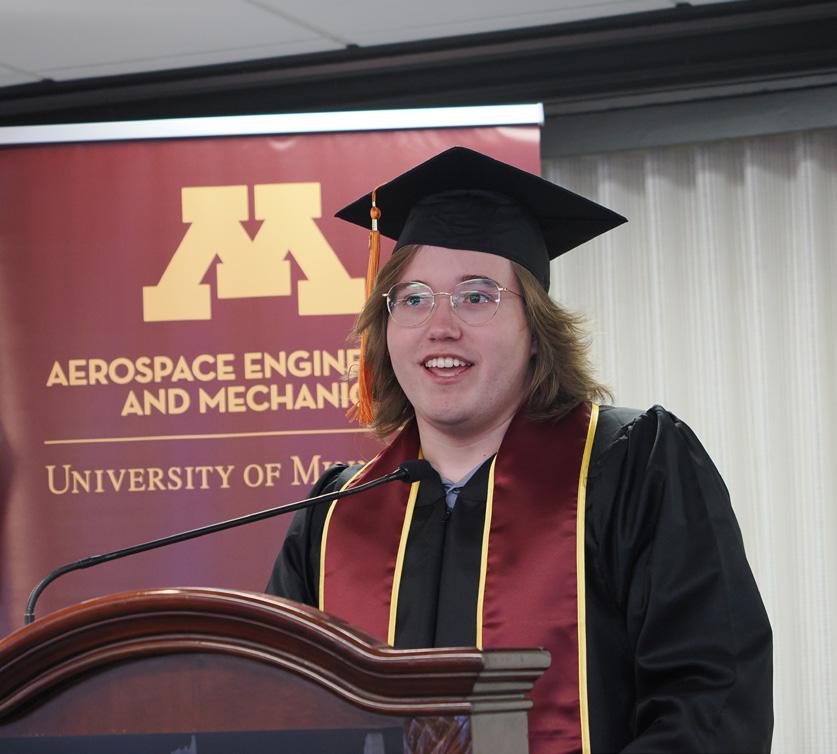


Assistant Professor Anabel del Val’s passion for aerospace goes back to her childhood, with astronomy playing a big part in her life and aspirations of becoming an astronaut. Once she began her education, Professor del Val solidified her interest in the aerospace field. Professor del Val received her Bachelor’s and Master’s Degrees at Universidad Politécnica de Madrid in Spain in 2015 before studying at the Institut Polytechnique de Paris, École Polytechnique in France to pursue her joint Ph.D. in applied math and hypersonics.
Upon completion of her Ph.D. in 2021, del Val worked as a Postdoctoral Researcher at the von Karman Institute for Fluid Dynamics before joining NASA as a Senior Aerospace Engineer at Langley Research Center.
Eventually, she found her way to the University of Minnesota’s AEM Department. Although she enjoyed her experience at NASA, del Val’s passion for education and research combined with the University’s reputation for hypersonics made it an easy decision to continue her career at the University of Minnesota.
Professor del Val’s research interests include hypersonics and uncertainty quantification. She hopes to bring her expertise from mathematics to her research, with the goal of making hypersonics more grounded in uncertainty analysis. Her research projects include an ongoing collaboration with NASA creating advanced uncertainty quantification frameworks, a project that also gives students internship opportunities.
Professor del Val looks forward to collaborating with other members of the AEM department on any and all things related to hypersonics and stochastic methods.
Professor del Val has only been with the department since August of 2024, but she notes that it has already been a rewarding experience.
“The community in the department is great. It’s a small department, which makes it easier to be closer to people.”
When it comes to her students, Professor del Val’s advice is to stay curious and motivated. She advises students to inquire about research and learn more about what others are working on. Moreover, she encourages students to make connections with their professors and peers as much as they can. With this advice in mind, she seeks to be an inspiration for students as they continue to pursue their journey in the AEM world.
“I hope to inspire students to stay in the field and improve it. I can help make an impact in hypersonics now if I have students who are continuously progressing the field.”

Professor del Val also believes that uncertainty quantification in combination with AI and machine learning will play an important role in the future of aerospace engineering and hopes that students will invest their time in these areas.
When her time is not spent on her research and students, you can find del Val preparing for her first marathon, reading poetry, or at a local sporting event, with tennis being her all time favorite sport.
“I hope to inspire students to stay in the field and improve it.”


Assistant Professor Yue Yu began his journey in the aerospace engineering field studying Aeronautics and Astronautics at Beihang University, Beijing in China, completing his Bachelor of Engineering in 2014 before pursuing his Ph.D. in Aeronautics and Astronautics at the University of Washington in Washington state.
While Yu completed his Ph.D., he focused on research in trajectory optimization with the growing need for air transportation of goods and services. The main components of his research also include game theory and machine learning. In 2023, Yu was awarded the AIAA Guidance, Navigation, and Control Best Paper Award for his contributions to the field. Notably, he played a key role in developing the optimization-based guidance software for NASA’s Safe and Precise Landing-Integrated Capabilities Evolution system.

Yu’s research focuses on creating efficient, scalable algorithms for controlling autonomous systems in aerospace engineering, with expertise in numerical optimization and control theory. His work also extends to game theory, machine learning, and network systems.
Recent projects include real-time trajectory optimization and game-theoretic coordination in multiagent systems, particularly in advanced air mobility and spacecraft control applications.
After the completion of his Ph.D. in 2021, Professor Yu moved to Texas and worked as Postdoctoral Research Fellow at the Oden Institute for Computational Engineering and Sciences at the University of Texas at Austin.
Yu first learned about the University of Minnesota from one of his professors, a previous faculty member at the U, while studying in Washington. Joining the AEM department at the start of the Fall 2024 semester, Yu has had an overwhelmingly positive experience so far.
“Everyone here is so nice. Even during my interview process, I loved everyone I met. The people are all very friendly.”
Professor Yu has enjoyed the smaller, collaborative department, stating that it feels similar to the small department he experienced at the University of Washington.
Yu’s advice to current and future students is to develop the curiosity and passion to learn, especially when it comes to research. Advice that he wishes he had been told as a student is that communication is key.
“All the best research I see comes from collaboration and communication”.
He also emphasizes the importance of learning how to present research in an exciting way. Moreover, Yu believes that a major challenge for students now is the need for diverse, multidisciplinary backgrounds in the aerospace field.
If he had not been a professor, Yu would have enjoyed being a murder-mystery novelist and screenwriter, a genre that he enjoys when it comes to reading and watching films. Outside of work, Professor Yu enjoys spending time with his cats and exploring his new home of Minneapolis.
“All the best research I see comes from collaboration and communication.”
The Department of Aerospace Engineering and Mechanics recently hosted its yearly Open House, welcoming incoming freshmen in the College of Science and Engineering to explore the world of aerospace engineering.
The event gave freshmen an inside look into the AEM major, showcasing the opportunities for research, cutting-edge labs, and student groups they could join.
The Open House featured demonstrations from several of AEM’s main labs, where students and faculty work on innovative research that pushes the boundaries of aerospace engineering.
Fluid Mechanics Lab
Graduate student Rafael Ribeiro took attendees through the lab’s experimental studies, highlighting the crucial role of fluid dynamics in the design of aircraft and spacecraft.
Extreme Materials Lab
In this lab, graduate student Rushikesh Kabadi demonstrated the unique experiments focused on materials that can withstand extreme conditions — an essential area of study for aerospace engineers dealing with high-stress environments.
ARDC Lab
One of the most exciting displays was the cable robot, which is a collaborative project between undergraduate and graduate students. The team showcased their robot in the Balas Atrium in Akerman Hall, emphasizing the lab’s role in robotic systems and their applications in aerospace engineering.
AEM Wind Tunnel
Graduate student JJ Sordencillo gave a live demonstration of the main wind tunnel, explaining how it simulates airflow over aircraft models to test designs and ensure aerodynamic efficiency.
AEM Solid Mechanics Lab
Graduate student Vladimir Kornev provided an insightful demonstration of the vibrating beam experiment, which is part of the AEM 4601 Aeromechanics Lab. This handson experiment allows students to explore the mechanical properties of materials under different conditions.



In and around the main stairwell in Akerman Hall, Professor Consortium. This initiative offers students opportunities atmospheric science and engineering.
The Open House also gave current AEM students the exhibited the tabletop wind tunnel he designed and built aerodynamics on a smaller scale. Additionally, Dan Reuter tool that may eventually be used in various AEM courses operation.
The department also had a number of student groups an annual competition that involves the design and building descent. The Rocket Team was also present, a student America Cup. Another student group that joined the event annual Design-Build-Fly competition. The SmallSat team
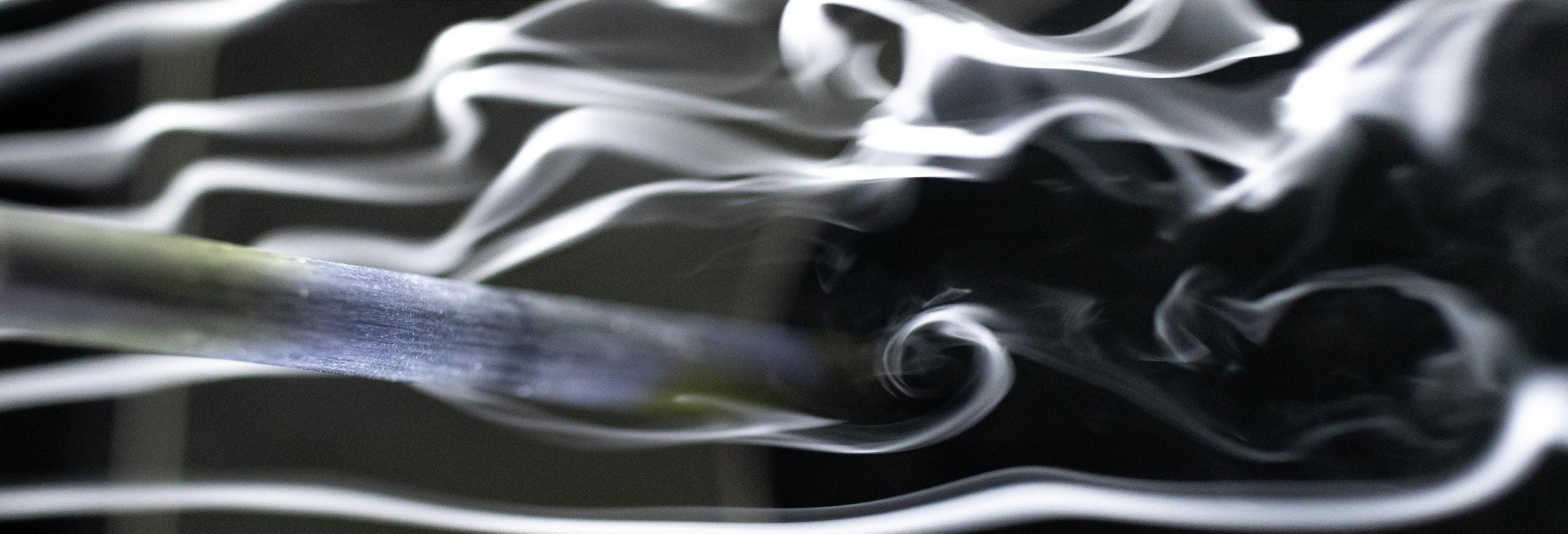

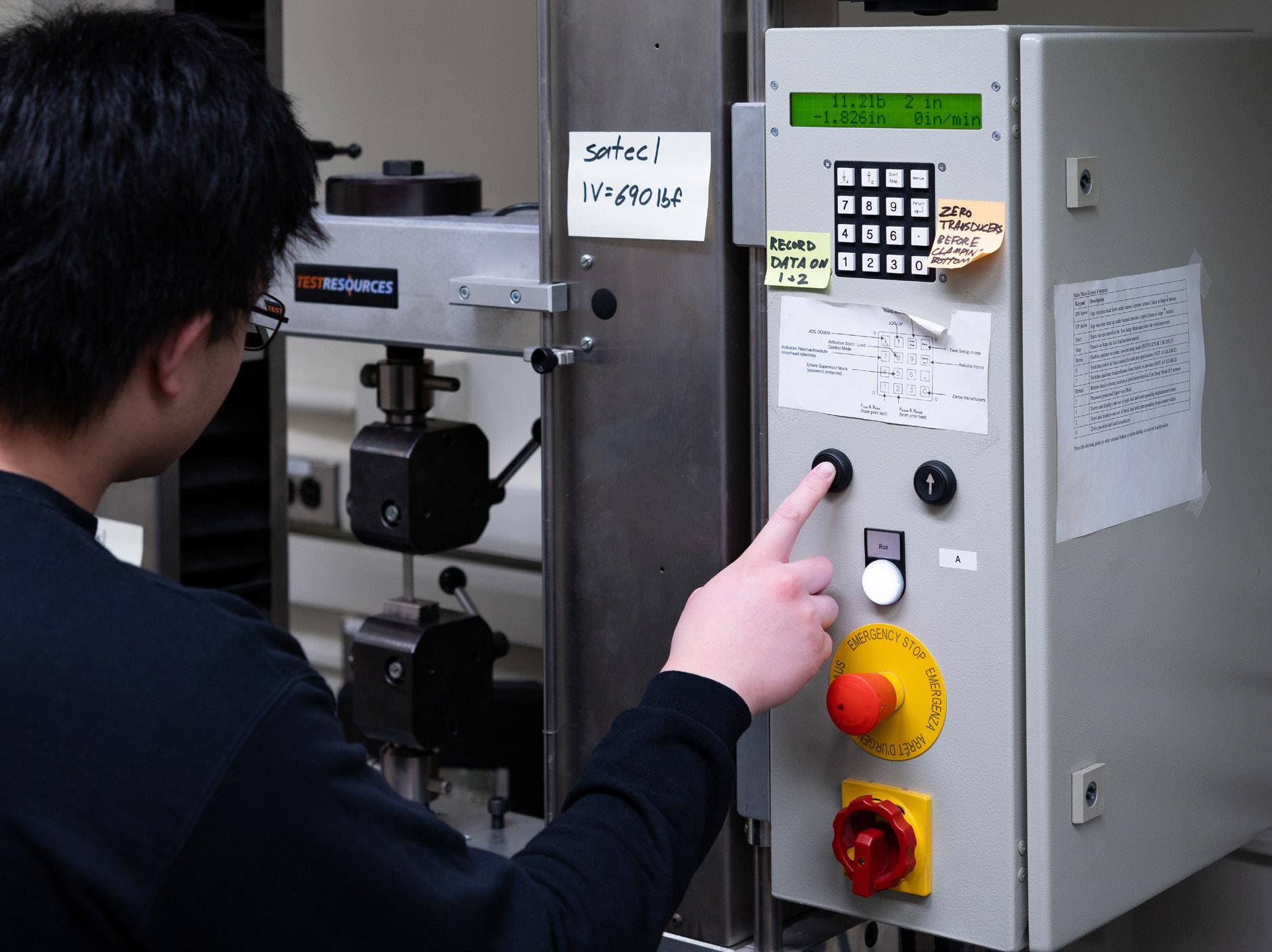
Professor Flaten hosted an exhibit on ballooning-related projects as part of the Space Grant opportunities to participate in high-altitude ballooning projects, providing a unique perspective on
opportunity to showcase their individual projects. James Johnson, a senior design student, built as part of his senior project. This wind tunnel allows students and researchers to test Reuter presented his flight simulator project that he has been developing for the department, a courses to give students a hands-on opportunity to learn more about flight dynamics and aircraft
groups participate in the event, such as the AIAA CanSat group. The CanSat team competes in building of model satellites that are launched to 700 meters and judged based on their student group that designs and builds rockets and competes in the annual Spaceport event was the AIAA DBF group, a team that creates RC airplanes to compete in the team joined the Open House as well, a group that designs and builds small satellites.
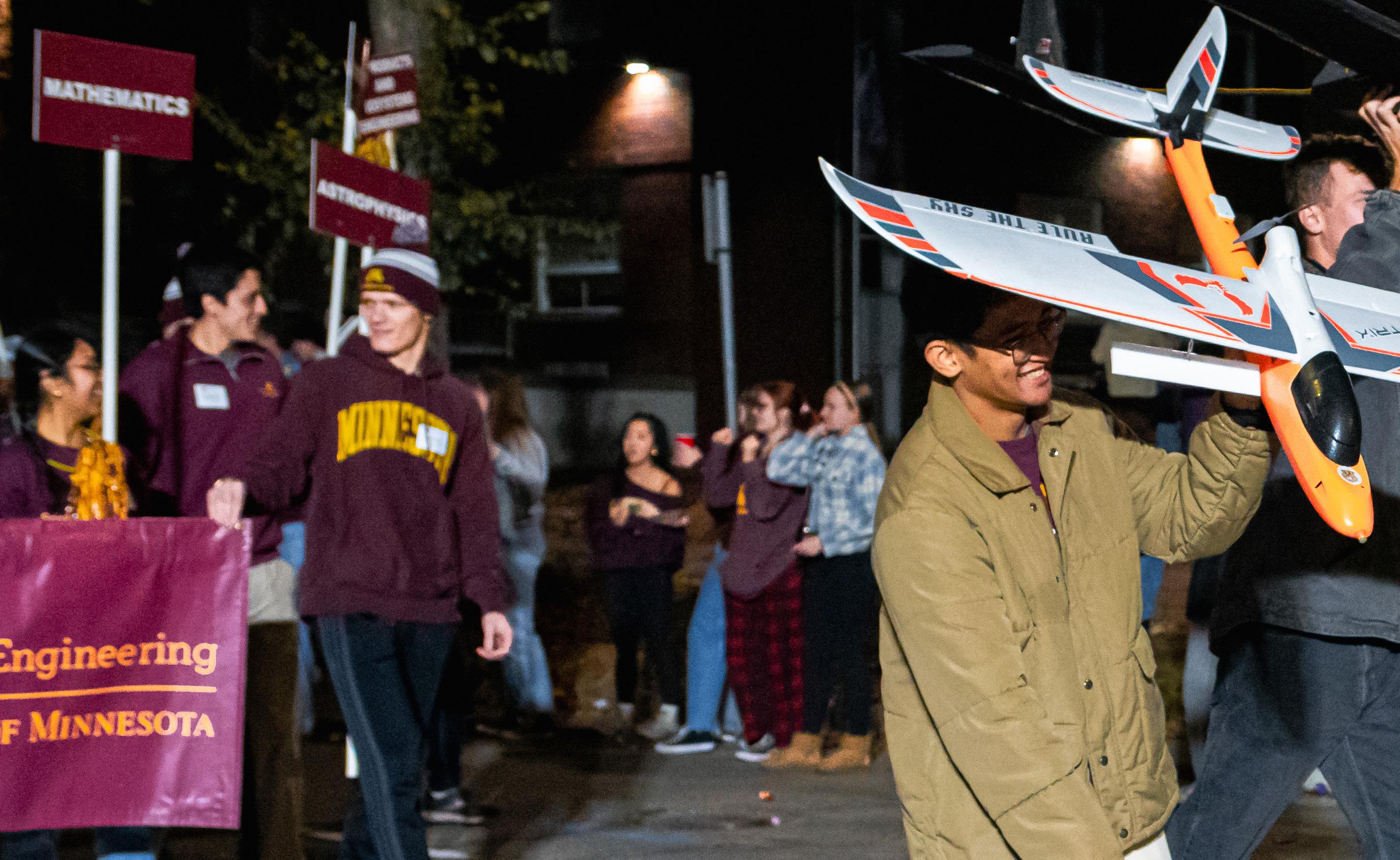
The Aerospace Engineering and Mechanics Department (AEM) excitedly came together to participate in the University Homecoming Parade for the first time in its history!
The experience saw the department’s strong sense of community and creativity as students, staff, and faculty came together to highlight the department and engage with the greater community to make the experience a memorable one.
Everyone put forward their best efforts to prepare for the parade, with planning efforts starting weeks in advance. The department felt the enthusiastic support from staff, faculty, and students. Students prepared to display the many applications of Aerospace Engineering through past student projects, a weather balloon and stratospheric payloads exhibited by the ballooning team, and even a parachute candy distribution system.
“As the parade approached the entire department was overflowing with this sense of pride, community, and excitement,” said Senior Lab Assistant Dan Rueter.



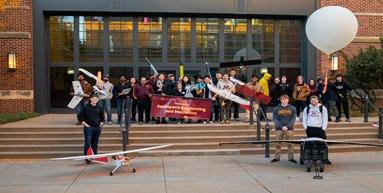





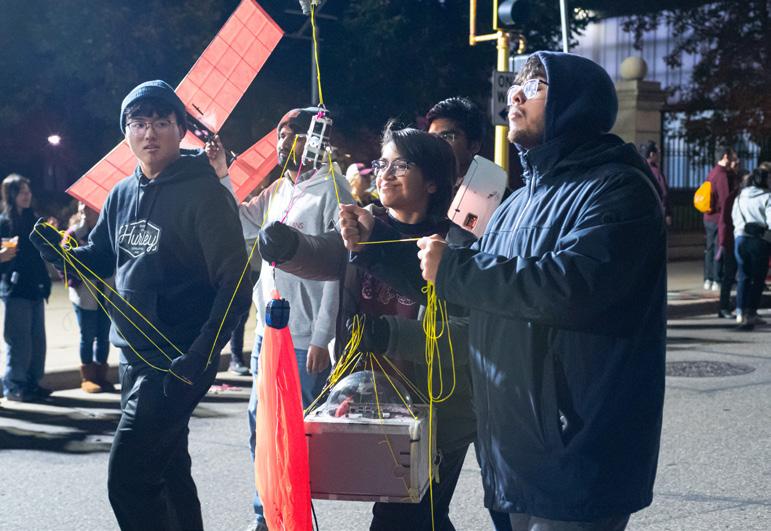


“We’ve always had things to share with the community.”
The entire experience was an opportunity to showcase the inspiring minds behind the department’s success and give the community a look into what AEM has been working on. Many of those who participated in the parade were in high spirits.
“We’ve always had things to share with the community, so it felt good to have an opportunity to show them what our department can do,” said graduate student JJ Sordencillo.
The energy from the parade has continued to buzz throughout campus as students, staff, and faculty continue to collaborate on projects and research throughout the semester. The department couldn’t have asked for a better experience at their first ever homecoming parade and look forward to returning next year.

How can we ensure that a spacecraft can photograph galaxies billions of light-years away without tumbling in space?
Professor Ryan Caverly and his Aerospace, Robotics, Dynamics, and Control (ARDC) Lab are developing theory and practical control methods to allow for new capabilities in the uncertain dynamic systems found in aerospace and robotic systems. Caverly aims to achieve certifiable stability and performance guarantees in the presence of model uncertainty in these systems, ranging from spacecraft to cable-driven robots.
With a background combining theoretical and applied control systems, Caverly’s research uses theoretical tools on real-world applications and develops new theory that will help solve practical problems.
Feedback controllers are used in a wide range of applications, such as home thermostats, cruise control in cars, and aircraft autopilot systems. These systems utilize data to decide on control actions. Feedback controllers are often difficult to design due to the uncertainty of the mathematical model of the system being controlled.
21 Department of Aerospace Engineering & Mechanics
This uncertainty can make things worse, causing the system to become unstable or perform poorly.
Focusing on problems that have so much uncertainty that traditional control methods cannot easily stabilize the system or perform optimally, Caverly uses dissipativity theory and convex optimization to design feedback controllers that can handle uncertainty while also having improved performance.
Professor Caverly’s study of dissipativity theory can be used as a tool for assessing the stability of a system when uncertainty is present. The theory includes special cases like finite-grain, passivity, and conic systems that each have their own stability rules. By knowing that a system meets certain dissipativity properties, these rules can be applied in order to design feedback controllers that keep the system stable and performing well.
Caverly and his research team have made important progress in several key areas. His team has recently developed methods to confidently identify dissipativity properties for use in designing sturdy controllers with limited data.
Additionally, Caverly’s research delves into combining sensors and actuators in the best
possible way to make the controller easier to design and to enforce the right dissipativity properties. Moreover, Caverly and his team have created a way to design a range of controllers for different operating points of a system before combining them to work together efficiently, a method that they successfully applied to a model of an aeroelastic airfoil.

Caverly has also explored feedback controller design using convex optimization as well as linear matrix inequalities (LMIs). Caverly and his team work on converting complicated problems into simpler convex problems, with the end goal of finding ways to solve these problems efficiently without sacrificing accuracy. An example of this is designing a state-feedback controller for a nonlinear system using sampled data. Professor Caverly is the co-author of a book covering LMIs for systems and control that dives deeper into these methods.
Applying control theory to aerospace and robotics where system behavior or environmental conditions remain uncertain, Caverly’s research has zeroed in on Model Predictive Control (MPC) for spacecraft applications. Although MPC is a powerful way to control spacecraft, it typically struggles with the immense computational power needed to handle a spacecraft’s nonlinear dynamics and non-convex operational constraints. Caverly has worked to make MPC more practical for spacecraft by developing methods that reduce computation time while still enabling advanced functions.
Caverly’s recent work includes creating a control strategy for GEO Satellite Station Keeping allowing electric propulsion to manage station keeping as well as momentum management more efficiently, reducing the need for frequent thruster firings.

His team was also able to apply this approach to an areostationary Mars orbit satellite, providing the first benchmark for the fuel amount needed to maintain a Mars communication satellite in orbit.
Furthermore, Caverly and his team developed an MPC-based control system to help spacecraft safely re-enter Earth’s atmosphere by controlling drag, despite uncertain atmospheric conditions. Caverly has also used an MPC approach in attitude control for IMPRESS, a CubeSat in development by the SmallSat team at the University of Minnesota. His method minimizes power consumption by only using the actuators when necessary, taking advantage of the spacecraft’s unique dual-spin configuration.
Professor Caverly’s overlapping expertise in robotics and space technology opens up new possibilities for spacecraft design. The innovations being made through his research explore various ways to leverage robotics-inspired methodology and apply it to address current challenges in modern space missions.
Solar sails offer a promising way to propel spacecraft using sunlight. Caverly’s research group has been developing the Cable-Actuated Bioinspired Lightweight Elastic Solar Sail (CABLESSail) concept to tackle the issue of vibrations that get in the way of controlling large, flexible solar sails. This concept uses cables to control the shape and orientation of the sail. Taking inspiration from the way a starfish moves its arms, the CABLESSail design allows the sail to be steered by adjusting its shape. Caverly’s team has partnered with NASA to develop the concept, and it could enable solar sails up to 100 times larger than current technology allows once completed. The CABLESSail has the potential to improve future space missions.


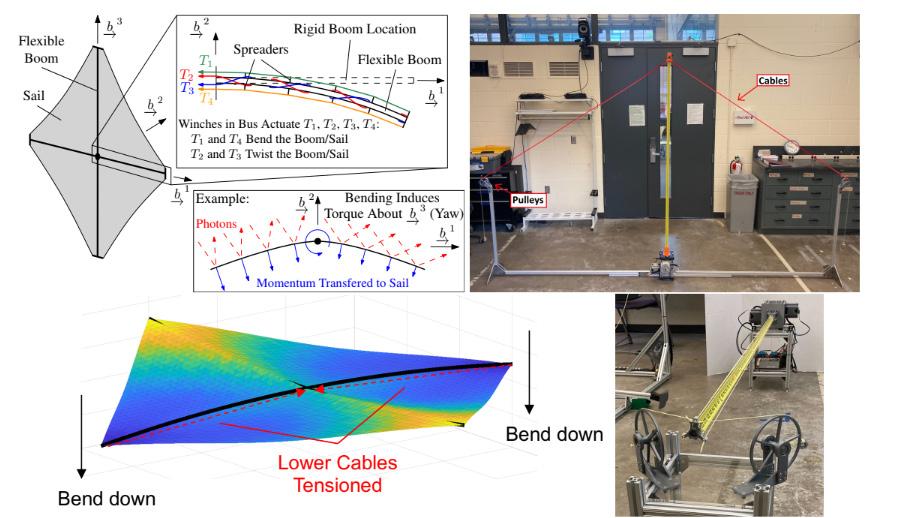
Another project that Caverly is working on in tandem with NASA Langley is the development of the Costand Risk-reducing Quadcopter System (CRQS). The CRQS aims to offer a low-cost, low-risk platform for aerospace vehicle guidance, navigation, and control testing.
By mirroring the dynamics of launch vehicles and landing systems, the CRQS will allow researchers to test and fine-tune guidance, navigation, and control algorithms in a controlled space. This system includes simulating the aerodynamics of launch vehicles as well as the effects of fuel slosh during landings. The CRQS is a vital tool for advancing upcoming space missions, like NASA’s lunar landing program.
In addition, Caverly has been working on a new simulator for spacecraft motion using cabledriven robotics. The Spacecraft Platform Actuated by Cables for Experiments with Simulated Motion (SPACESiM) simulates the 6-degree-of-freedom movement of spacecraft, allowing for real-time testing of spacecraft operations like rendezvous, proximity operations, and docking.
While traditional testing facilities can only handle small payload, SPACESiM can simulate the motion of larger, heavier spacecraft (over 1,000 kg) in a space up to 40 feet in each dimension.







This new simulator provides a cost-effective and scalable solution for testing new space technologies.






With his anticipated tenure, Professor Caverly plans to continue working towards the advancement of control theory and its applications to aerospace and robotic systems, as well as focusing on fundamental contributions to control theory and moving towards technology development and flight experiments.






“I believe that shifting my focus towards both theoretical control research and applied aerospace research will allow me to take advantage of my unique skill set and make significant long-term contributions to the field,” Caverly states.


To learn more about what Professor Caverly and his ARDC Lab Team are working on, visit: cse.umn.edu/ aem/ryan-caverly






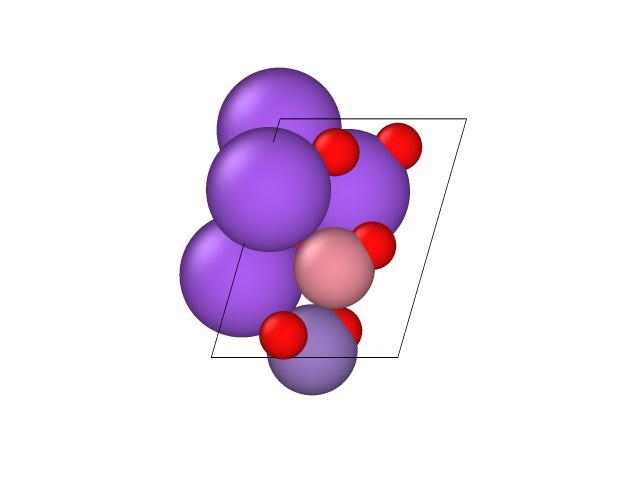


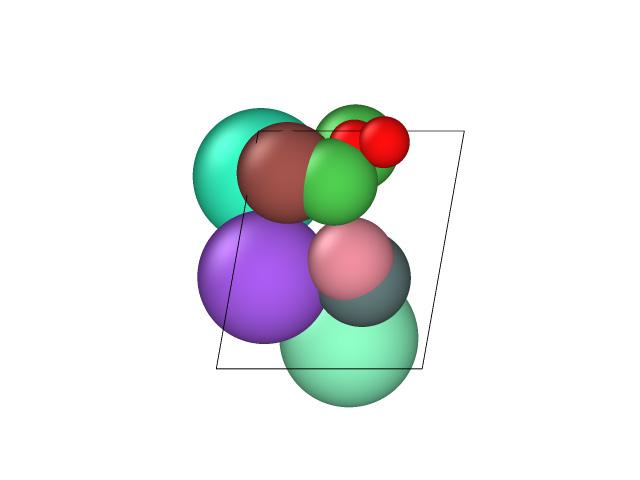






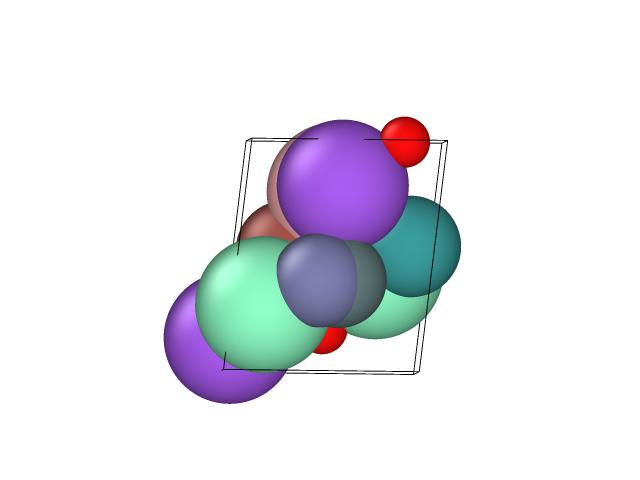



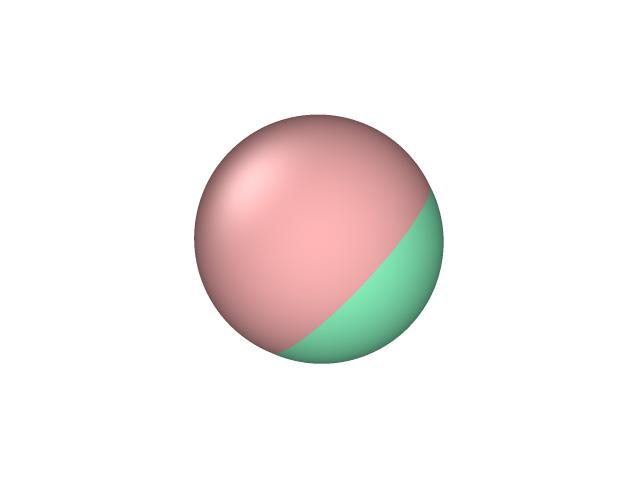



The grant received last year from the National Science Foundation (NSF) is being used to establish foundational machine learning models over the course of four years that can be applied to material sciences.





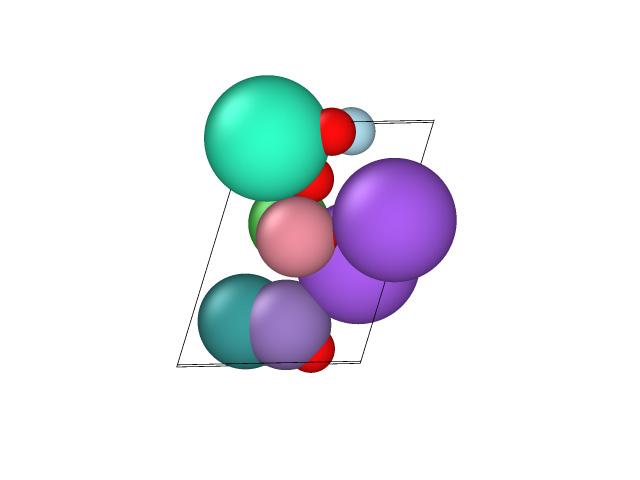

The FERMat project is an ongoing collaboration between Professor George Karypis of the Department of Computer Science and Professor Ellad Tadmor of the Department of Aerospace Engineering and Mechanics.


The project seeks to create a new technological model and the software needed to develop Machine Learning (ML) models that are able to predict the properties of unseen molecular and materials systems. As a result, the project will allow for a better way to model the behavior of atoms and the computational discovery of new molecules and materials much faster than current quantum methods can.













The detection of materials through the use of ML is ready to play an important role in solving modern challenges like clean energy and environmental sustainability. It will also lead to the advancement of quantum technologies. The results of the technology and infrastructure developed by the FERMat project are expected to have a revolutionary effect on the scientific and engineering sectors.















The team working on the project is made up of 3 universities and 1 industry partner, with the following investigators:



Stefano Martiniani (PI, Depts. of Physics and Chemistry, New York University)


George Karypis (co-PI, Dept. of Computer Science, University of Minnesota)
Adrian Roitberg (co-PI, Dept. of Chemistry, University of Florida)



Huzefa Rangwala (Industrial co-PI, Amazon Web Services)
Ellad Tadmor (co-PI, Dept. of Aerospace Engineering & Mechanics, University of Minnesota)



Minjie Liu (senior personnel, Dept. of Chemistry, University of Florida)






Richard Hennig (senior personnel, Dept. of Materials Science & Engineering, University of Florida)
Mark Transtrum (senior personnel, Dept. of Physics, Brigham Young University)

































The FERMat team is currently working on addressing the challenges of scarcity and inconsistent data, common limitations found in the development of ML models. From the technological perspective, the team is using a new ML approach called “foundation models.” These are systems trained on large, diverse datasets that can be easily adapted for use in a wide range of applications with minor adjustments. Working with Amazon Web Services, the team is creating open-source software that can be used to train models like FERMat on large amounts of complex data.

















On the infrastructure side the team is working to expand ColabFit Exchange to meet the need for extensive data. The first and largest public database of its kind, ColabFit Exchange was developed previously by the team and specializes in data for machine learning interatomic potentials. This platform allows for improved access, sharing, and discovery of first principles and experimental data, accelerating scientific discovery by making it easier to develop ML models on a larger scale.



















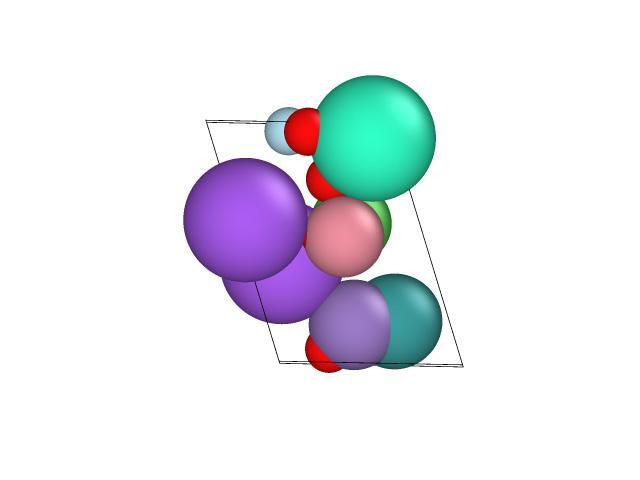





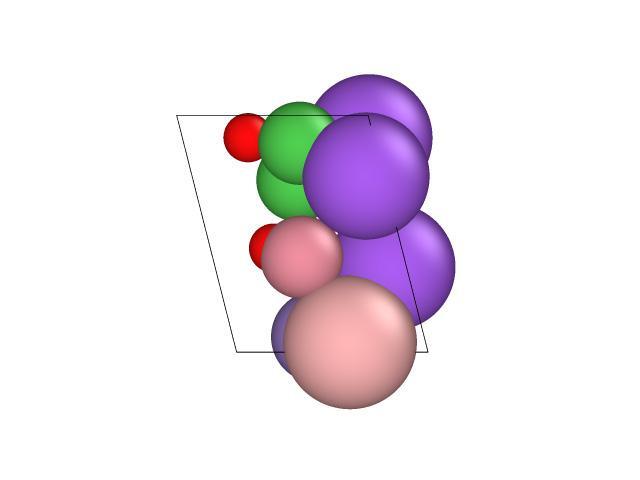








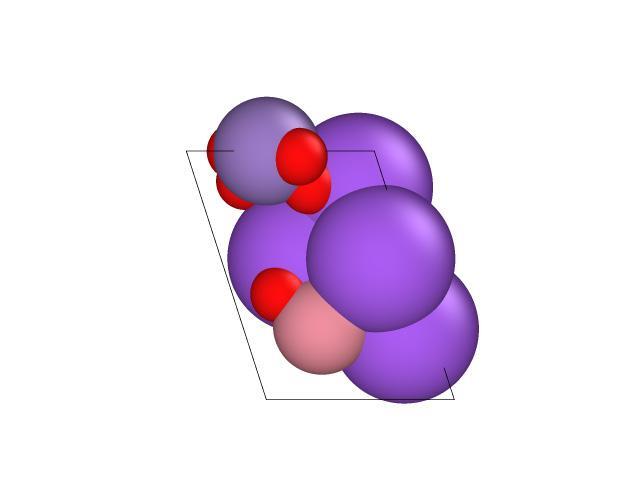



Generation of a crystal structure using stochastic interpolants. The structure evolves according to a learned velocity field connecting the initial distribution to the target distribution of all known stable crystal structures. The FERMat project is developing a novel, open-source software package (OMG) for the development of state-of-the-art generative AI models utilizing these stochastic interpolants.






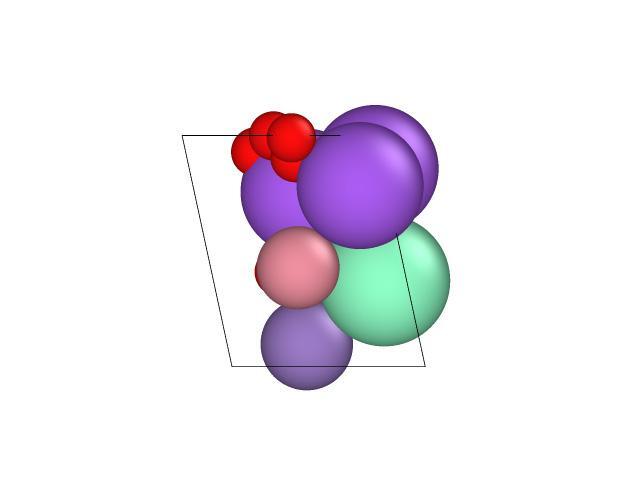
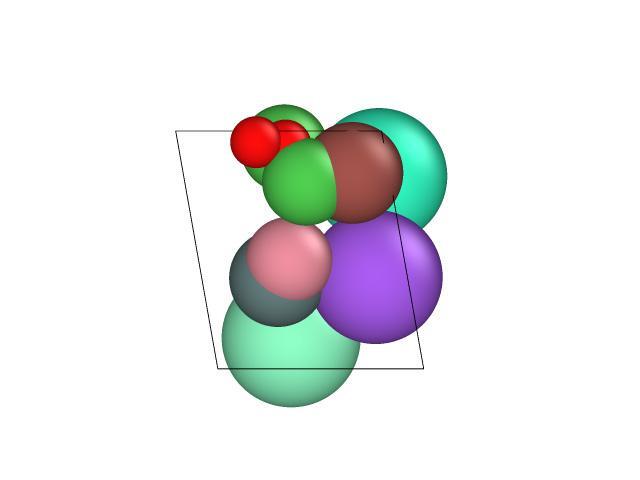





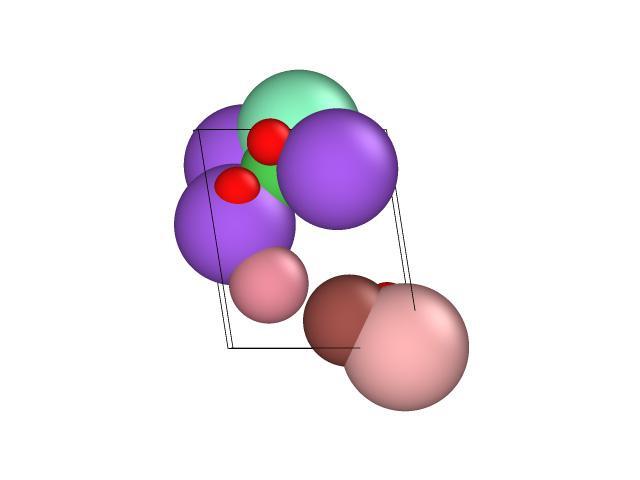




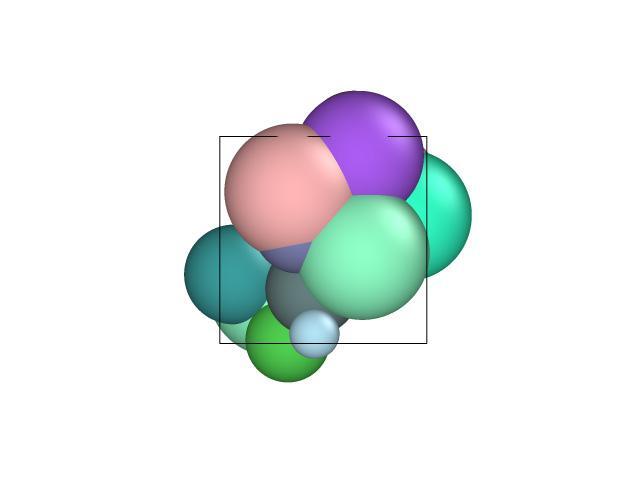














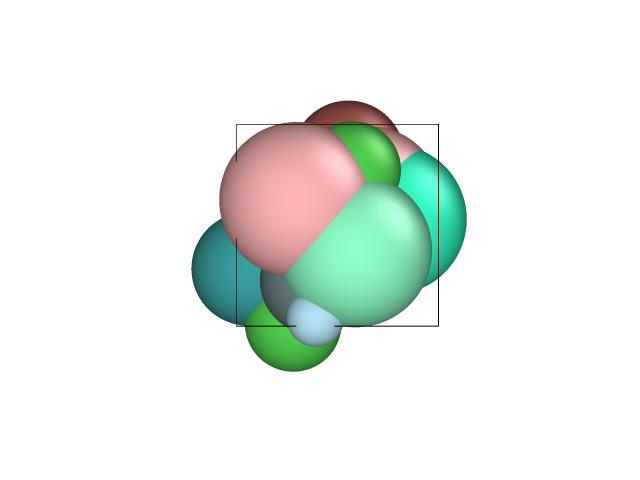

















Why does it matter?













The FERMat project will have an important impact on scientific research in the machine learning space. Furthermore, the establishment of large-scale machine learning models for materials and molecular discovery can play a key role in addressing societal challenges, such as the development of materials for clean energy and energy storage, carbon capture, water purificiation, and drug delivery.


















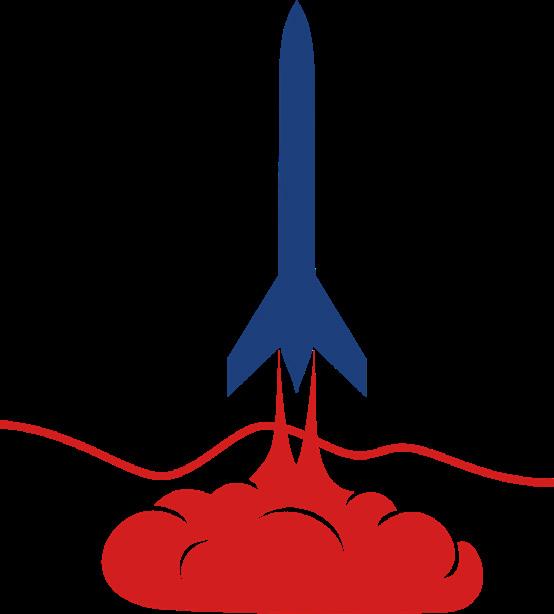
College of Science and Engineering students on the University of Minnesota Rocket Team launched their fully student-designed and built rocket nearly 30,000 feet to take first place in one of the 2024 Spaceport America Cup’s most challenging categories.

More than 150 teams from countries around the world competed in the world’s largest intercollegiate rocketry competition in New Mexico in June.
The annual week-long competition has been held at the world’s first purpose-built commercial spaceport since 2017 and is attended by over 1,700 students and faculty. The 2024 Spaceport America Cup saw teams from 35 states and 6 continents come together to compete.
This is the second year in a row that the University of Minnesota team has won in this challenging category, and the fourth win out of the past five years.
In addition to winning the 30,000-foot Student Researched and Developed (SRAD) Solid category, the University of Minnesota Twin Cities students were also named a finalist for the Dr. Gil Moore Award for Innovation for their recovery harness design.
“So many individuals from our team, from so many different majors and backgrounds, have put countless hours into making this project a success this year,” said Gaven House, an aerospace engineering student and the Rocket Team’s president. “We could not have possibly asked for a better year, a better competition, or better results.”
The Rocket Team includes students from across the University’s College of Science and Engineering who gain hands-on engineering experience designing, building, testing, and flying high-power rockets. The team has had many successes in recent years, including winning the Genesis Cup Trophy – first place overall – at the 2021 Spaceport America Cup.
Read more about the students’ projects on the University of Minnesota Rocket Team website: rkt.aem.umn.edu

Students and faculty alike are looking forward to the fully renovated Shepherd Lab. Highlights include a higher ceiling for ballooning experiments, new tables and desks for satellite assembly, a paint room for Rocket Team and the Solar Car Project, and a new research lab for freshman students. The project is expected to be completed by the end of the Spring 2025 Semester, with everyone fully moved in by the fall.



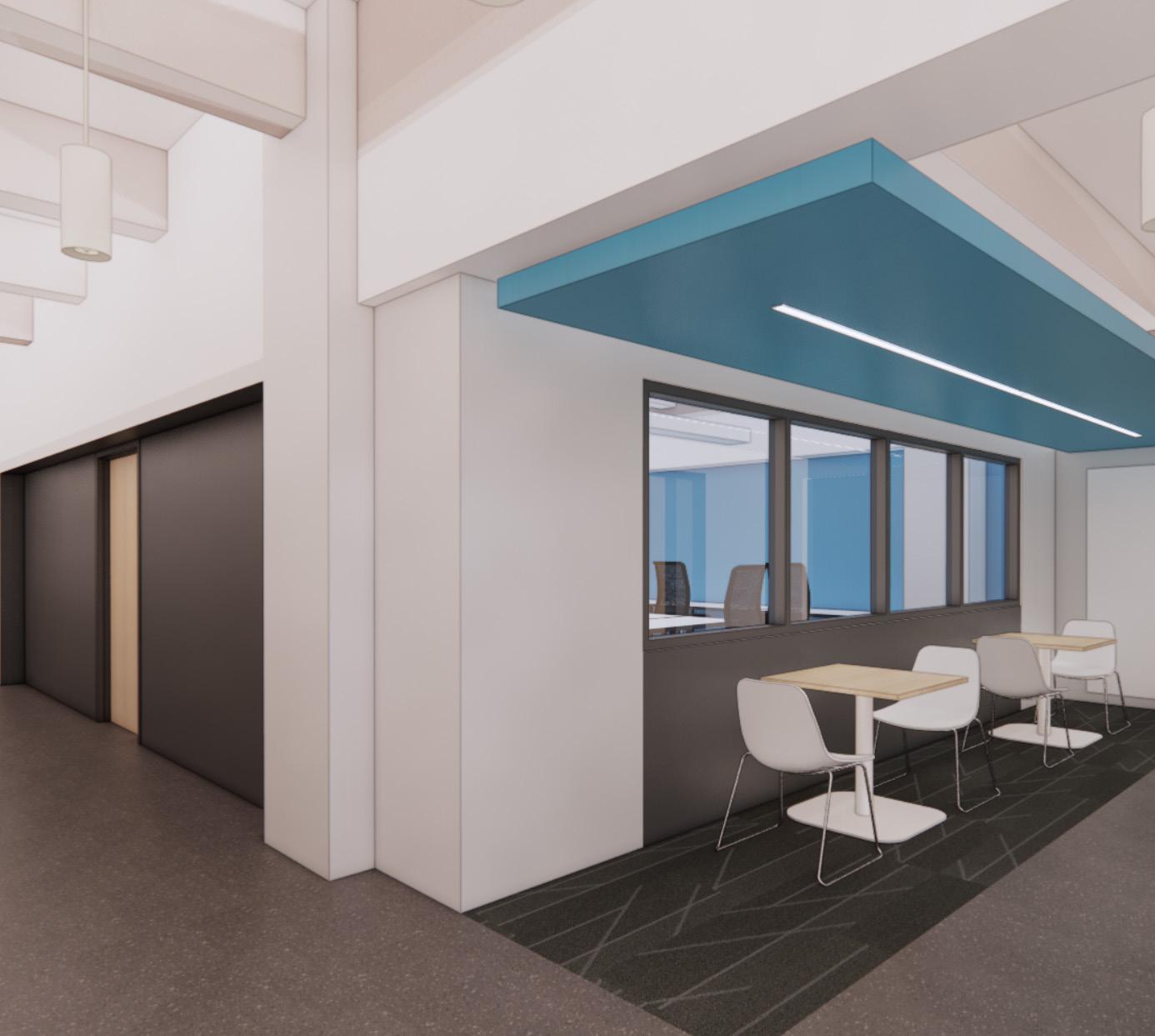


Help launch the next generation of aerospace engineering and mechanics students.
Support the Department of Aerospace Engineering and Mechanics today.
Your gift, along with those from our community, provides the essential work of inspiring and educating our students to address the complex challenges of tomorrow.
To make a gift, please visit:
cse.umn.edu/aem/support-aem

